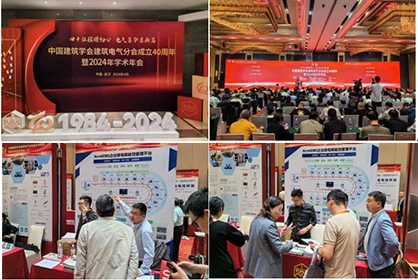In practical work, power supply workers often deal with low-voltage power customers who use mechanical three-phase four-wire energy meters. After installing the energy meter, it can be checked for proper rotation and speed by energizing, but often overlooks testing whether the phase sequence of the three-phase voltage is correct. If there is a reactive power energy meter installed, the phase sequence can be judged by observing whether the reactive power meter is rotating correctly. However, if only an active power energy meter is installed, the phase sequence cannot be determined based on the positive rotation of the energy meter.
Because when the reverse-phase sequence is connected, the three-phase active energy meter can still rotate correctly. Therefore, in order to avoid reverse-phase sequence causing hysteresis and additional errors to the three-phase energy meter, after installing the three-phase energy meter, it is necessary to conduct an energization test and use a phase sequence table to re-measure whether the three-phase voltage phase sequence is correct. If the phase sequence is reversed, any two phases can be exchanged to change to the correct phase sequence. When the energy meter with a transformer is used, it is important to note that the voltage and current of the same phase must be swapped at the same time to be correct. There are different wiring methods for three-phase energy meters, such as direct connection, transformer connection for current, voltage, and current-voltage.
Direct Connection of Three-phase Energy Meters
Direct connection, also known as straight-through wiring, can be directly connected as long as it is within the allowable range of the load function energy meter, that is, the current specifications of the energy meter can meet the needs of the user.

Three-phase Energy Meter Connected Through Transformer
When a three-phase energy meter measures the power consumption of a high-current single-phase circuit, because the current flowing through the circuit is very large, such as 300-500A, it is impossible to use the direct connection method. Instead, a current transformer should be used for current transformation, which can transform the large current into a smaller one, i.e., a current that the electric energy meter can withstand, and then perform measurement.

1, 4, and 7 should be connected to the S1 end of the secondary side of the current transformer, which is the incoming end of the current.
3, 6, and 9 should be connected to the S2 end of the secondary side of the current transformer, which is the outgoing end of the current.
2, 5, and 8 should be connected to A, B, and C three-phase power supplies, respectively.
Note:
The current sampling of each current transformer must be synchronized with its voltage sampling, that is, 1, 2, and 3 are a group. 4, 5, and 6 are a group. 7, 8, and 9 are a group.
Three-phase Energy Meter Connected Through Current and Voltage Transformers
When a three-phase electricity meter measures high voltage and current, it cannot be directly connected because the voltage and current are too high. Instead, voltage and current transformers should be used to transform the voltage and current into a lower range, i.e, a voltage and current that the electric energy meter can withstand, and then perform measurement.
1, 4, and 7 should be connected to the S1 end of the secondary side of the current transformer, which is the incoming end of the current.
3, 6, and 9 should be connected to the S2 end of the secondary side of the current transformer, which is the outgoing end of the current.
 English
English














